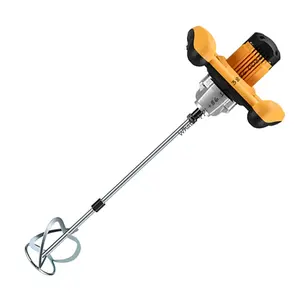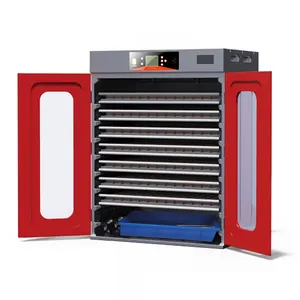Popular in your industry





























































Related Searches:

























































































































Top categories
About spring for sewing machine
Spring is an essential part of a sewing machine, ensuring smooth and efficient operation. A spring sewing machine is a coiled or spiraled component typically made of metal. It is designed to provide tension, support, or return to specific parts of the sewing machine, contributing to its overall functionality. Many types of springs are used in sewing machines, with each serving a unique purpose in enhancing the sewing process. Sewing machine springs offer advantages such as improved stitch quality, consistent thread tension, and the prevention of thread bunching or tangling, making them indispensable in the world of sewing.
Types of Springs for Sewing Machines
Springs play a crucial role in the performance of a sewing machine. Silai machine springs (Sewing machine springs) are classified based on their functions and applications within the machine. Common types of sewing machine springs include the presser foot spring, take-up spring, bobbin case spring, feed dog spring, and tension spring. The presser foot spring applies pressure to the fabric, holding it in place for smooth stitching. The take-up spring, also known as the thread take-up spring, regulates the tension of the upper thread and ensures even stitches. The bobbin case spring maintains appropriate tension in the bobbin thread. The feed dog spring controls the movement of the feed dogs, guiding the fabric through the machine. Additionally, the tension spring, found in the tension assembly, adjusts the tension of the upper thread. Each type of spring contributes to the overall functionality and stitch quality of the sewing machine.
The Role of a Spring in a Sewing Machine
A spring in a sewing machine is a mechanical component that provides support, tension, or controlled movement to various parts of the machine. Springs are critical for the proper operation of sewing machines, contributing to stitch formation, fabric handling, and overall performance. The presser foot spring, for example, exerts downward pressure on the presser foot, ensuring that the fabric stays flat and in contact with the feed dogs during stitching. This pressure helps prevent fabric slippage and promotes smooth and even stitching. The bobbin case spring, located in the bobbin case, maintains tension on the bobbin thread, working in conjunction with the bobbin case spring to control the balance of upper and lower thread tension, resulting in well-formed and secure stitches. The take-up spring, also known as the tension spring or bobbin case spring, is responsible for controlling the uptake lever, which guides the upper thread and forms stitches on the fabric. It ensures that the thread is properly tensioned and prevents issues like thread breakage or loose stitches. Additionally, the feed dog spring plays a vital role in the feeding mechanism of the sewing machine. This spring controls the movement of the feed dogs, which are small, toothed mechanisms that grip the fabric and move it under the presser foot during stitching. By providing controlled and consistent movement, the feed dog spring helps ensure precise fabric handling and stitch formation. Proper tension in the sewing machine springs is critical for achieving optimal stitch quality and preventing common sewing issues, such as thread breakage, skipped stitches, or uneven tension. Regular maintenance and, if necessary, the replacement of worn or damaged springs are essential to keep the sewing machine in good working condition. Overall, springs for sewing machines are essential components that contribute to the smooth and efficient operation of these devices.






















































